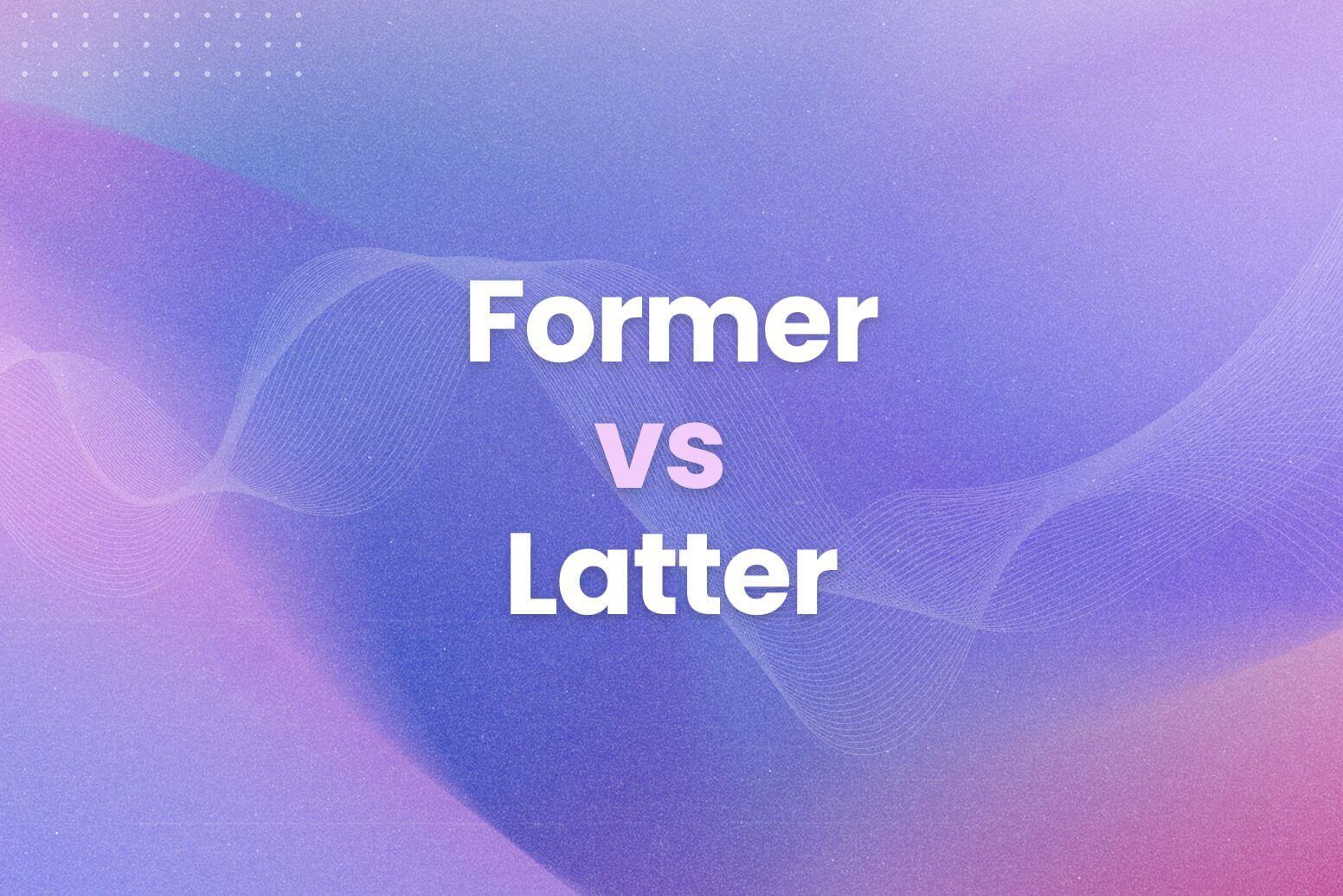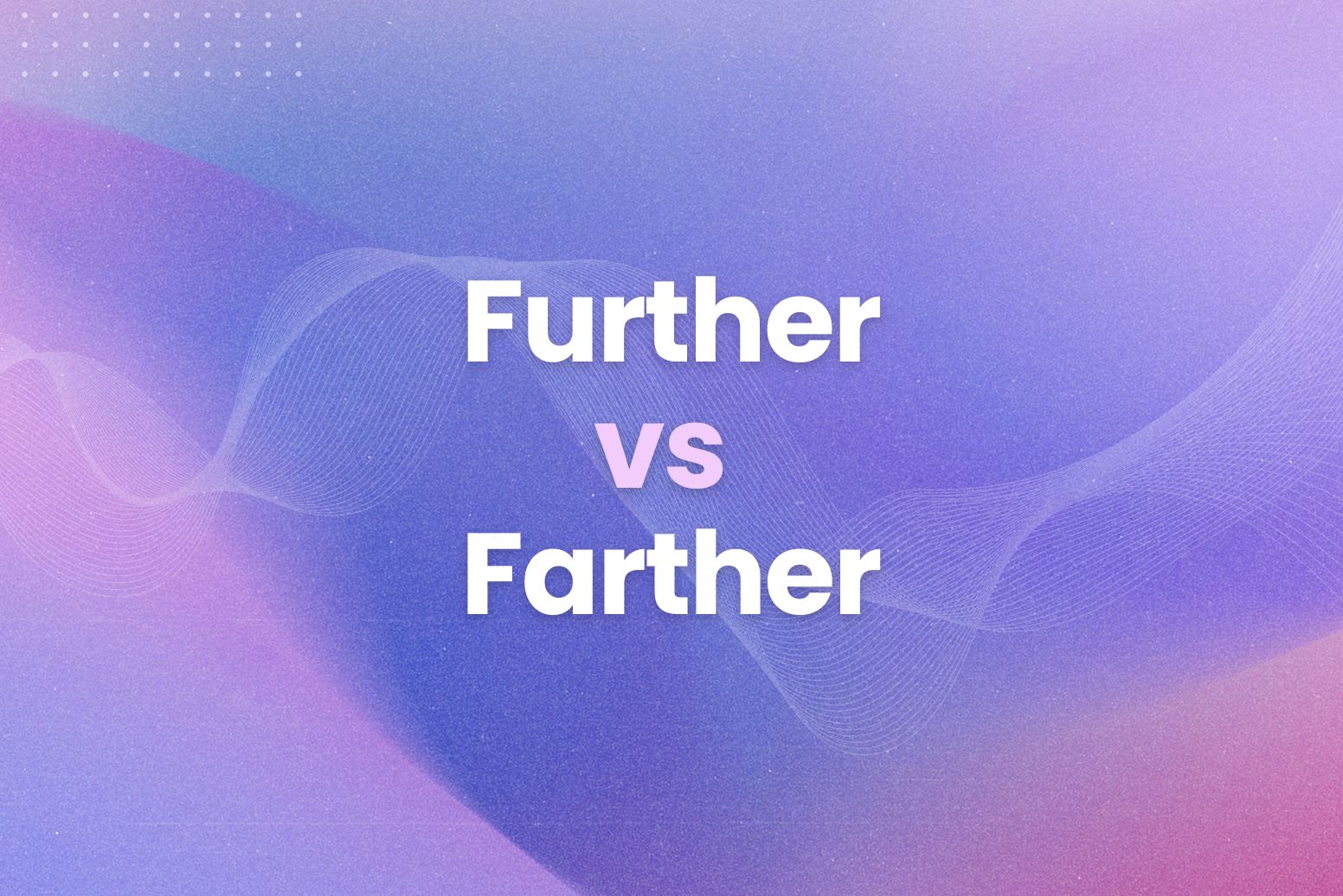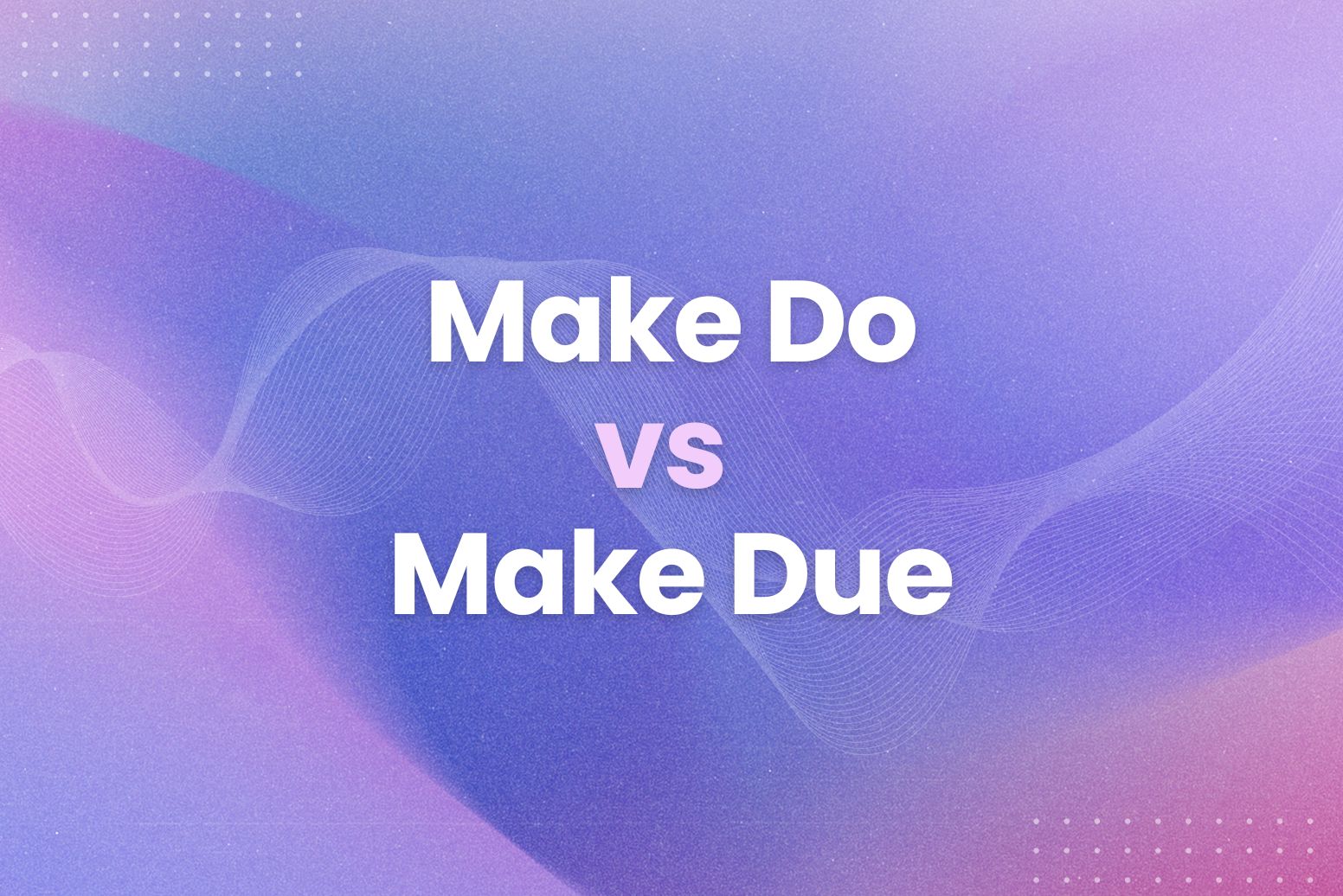Misusing “Former vs Latter” can instantly undermine your writing. It’s a small slip, but it makes a big difference. It can leave readers scratching their heads. So, let’s fix this once and for all.
This guide delivers clear explanations and practical examples. Here’s what we’ll cover:
- The precise definitions of “former” and “latter”.
- Easy tricks to never mix them up again.
- Plenty of real-world examples.
Now, let’s get started.
The Precise Definitions of Former vs Latter
Former refers to the first of two things just mentioned. It’s like saying “the one that came before.” For instance, if you talk about “apples and oranges,” the apples are the former.
Latter, on the other hand, refers to the second of two things just mentioned. It means “the one that comes after.” So, in our “apples and oranges” example, the oranges are the latter.
It’s important to note that these words only work when you’re talking about two things. If you have a list of three or more, you should use “first,” “second,” “third,” etc., instead. For example, if you mentioned cats, dogs, and birds, you wouldn’t say “the former” to refer to the cats. Instead, you’d say “the first.” Similarly, you would use “the last” instead of “the latter” when referring to the birds.
Here’s a simple table to illustrate the former vs latter difference:
| Word | Meaning | Example |
| Former | The first of two things mentioned. | Apples (in “apples and oranges”). |
| Latter | The second of two things mentioned. | Oranges (in “apples and oranges”). |
So, to clarify, remember this: former = first, and latter = last. This simple association will keep you on track. Moreover, using these words correctly adds a polished touch to your writing.
Easy Tricks to Never Mix Them Up Again
Mixing up the former vs latter is a common mistake. But we have some easy tricks to help you avoid this. These tricks are simple, yet effective. They’ll stick with you.
- Think Alphabetical: “Former” comes before “latter” in the alphabet. Similarly, the first thing you mention comes before the second. This alphabetical connection is a powerful memory aid.
- Link to “First” and “Last”: As mentioned before, “former” is like “first,” and “latter” is like “last.” This direct link makes it easier to remember which is which. For instance, you can create a mental picture: Former = First. Latter = Last.
- Use Arvin’s Grammar Check: Arvin, our AI-powered browser extension, can instantly catch any “former” vs. “latter” errors. Arvin uses GPT-4 to analyze your writing. It then flags potential issues. This is a great way to double-check your work. Especially if you’re writing something important. For example, you can write an email and use Arvin to check it before sending it. This can save you from embarrassment.
Let’s look at a quick example. Consider this sentence: “I enjoy both reading and writing; the former helps me relax, and the latter allows me to express myself.” Reading is first mentioned, so it’s the former. Writing is mentioned second, so it’s the latter.
By using these simple tricks, you can master the former vs latter difference. Consequently, your writing will become clearer and more professional.
Some Common Examples
Seeing “former” and “latter” in action helps solidify their meaning. So, let’s look at some real-world examples. These examples will illustrate how to use these words correctly.
- Example 1: “The company offered both online and in-person training; the former was more convenient, but the latter provided more hands-on experience.” Here, “online training” is the former (first), and “in-person training” is the latter (second).
- Example 2: “She considered two career paths: medicine and law. The former appealed to her desire to help people directly, while the latter offered intellectual challenges.” In this case, “medicine” is the former, and “law” is the latter.
- Example 3: “We discussed two main points at the meeting: budget and timeline. The former was our primary concern, and the latter needed further discussion.” Here, “budget” is the former, and “timeline” is the latter.
- Example 4: “They debated the merits of cats and dogs; he preferred the former for their independence, while she favored the latter for their loyalty.” Cats are the former, dogs are the latter.
It’s important to keep the two-item limit in mind. For instance, if you were discussing cats, dogs, and hamsters, you wouldn’t use “former” or “latter”. Instead, you would use “first,” “second,” and “third” (or “last”). For example: “Of the cats, dogs, and hamsters, the first are known for their independence, the second for their loyalty, and the last for their small size.”
These examples demonstrate how “former” and “latter” clarify your writing. They also make your sentences more concise. Therefore, mastering their use is a valuable skill.
Ready to Nail Your Grammar Every Time With Arvin?
Using “former” and “latter” correctly adds polish to your writing. It shows attention to detail. This guide has given you the tools and tricks to master these tricky words. Now, you can use them with confidence.
Here are the key takeaways:
- “Former” means the first of two things.
- “Latter” means the second of two things.
- Think alphabetical order: Former comes before Latter.
- Link to “first” and “last” for easy recall.
Want to be absolutely sure your grammar is spot-on? Arvin can help. This AI-powered browser extension checks your writing in real-time. So, you can avoid embarrassing errors. Arvin can also help you with other writing tasks. For instance, you can use it to rephrase sentences, generate text, and even translate content. This makes Arvin a valuable tool for any writer.
FAQs
Why is it called the former and the latter?
The words “former” and “latter” have Latin roots. “Former” comes from the Latin word “formare,” meaning “to form” or “to shape.” It suggests something that was previously formed or in a prior position.
“Latter” comes from the Latin word “latus,” meaning “carried.” It implies something that was brought or added afterward. Therefore, the terms reflect their positions in the sequence of two items.
What is a latter example?
A simple example is: “I enjoy both coffee and tea; I prefer the latter in the afternoon.” In this sentence, “tea” is the latter because it’s the second item mentioned.
When to use the former?
Use “former” when referring to the first of two things you’ve just mentioned. For example: “She considered two options: a promotion or a new job. She chose the former.” In this case, “promotion” is the former.
Is former a synonym for latter?
Absolutely not. “Former” and “latter” have opposite meanings. “Former” means first, while “latter” means second. They are antonyms, not synonyms. Using one in place of the other will change the meaning of your sentence. So, be careful.






